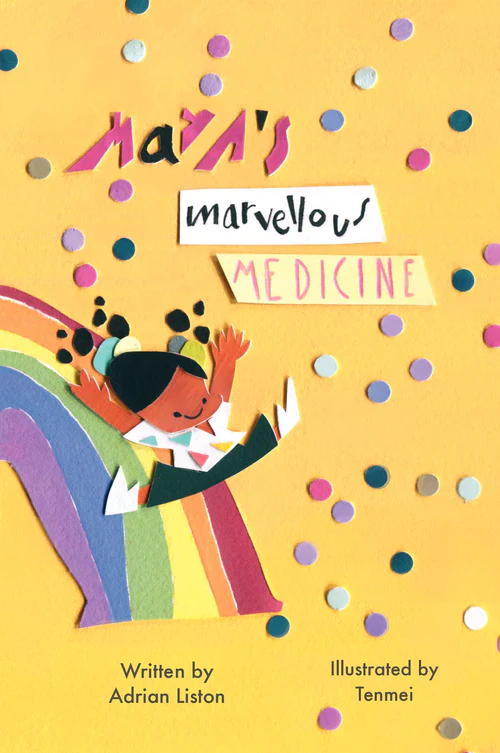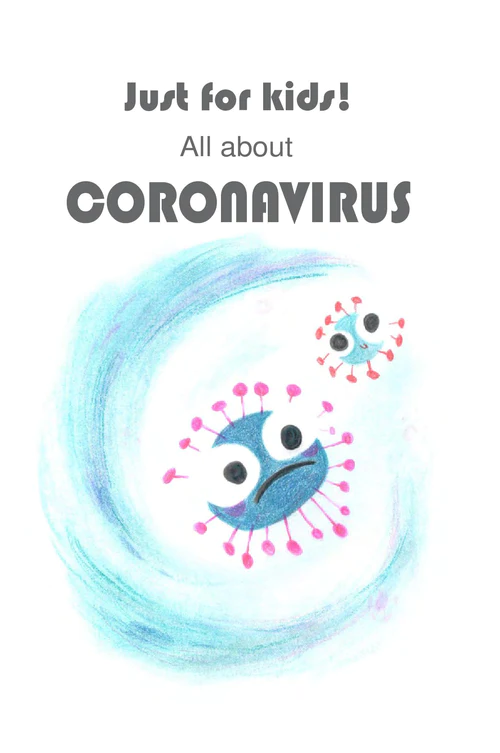Understanding tissue migration
 Wednesday, July 9, 2025 at 11:10AM
Wednesday, July 9, 2025 at 11:10AM We have an exciting new bioRxiv story that just went live! This one takes a computational immunology approach to understanding tissue-resident lymphocytes. The story highlights the extra value mathematical modelling can bring to biology.
It starts with a large multi-tissue multi-timepoint parabiosis experiment we ran to understand tissue Tregs. Václav Gergelits, lead author on the study, saw greater potential in this dataset to understand the kinetics of lymphocyte migration broadly.
We extracted turnover data for CD4, CD8, Treg, B cells and NK cells from 17 tissue sources, and generated a sophisticated model of migration, activation and death for each lineage and tissue. The Markov chain modelling found high-confidence solutions that matched the empirical data beautifully.

This tells us a probabilistic model and three distinct states (resting/activated/resident) are sufficient to recapitulate the complex migratory and tissue-residency behaviour of these cells. The cell states change probabilities, but the behaviour is still *probabilistic*.
This means lymphocytes do not have a residency "clock". We can measure the average dwell times for resident cells, but if this average residency time is 3 weeks, it does not mean cells have a 3-week timer. It means the cells have a daily probability of leaving that gives a 3 week average. The dice roll comes up earlier for some cells than for others, within those cells being intrinsically different. Like radioactive decay of atoms, it is just probability - there is nothing intrinsically different about the uranium atoms that decay after a week vs those that decay after a million years, they just had different rolls of the dice.
This approach can explain much of the variation in cell fate without needing to invoke cellular heterogeneity! Two identical cells can have highly divergent outcomes simply because of probability, without different underlying biology. In fact, we can create thousands of identical "digital cells", model them with these simple rules, and we get the empirically-observed range of dwell-times. There is no need to invoke TCR clonality or the like - it is simply an emergent property of cells with probabilistic kinetics!

A great example of applied mathematics informing biology!
Take a read of the pre-print here.
 Liston lab,
Liston lab,  immunology
immunology 












